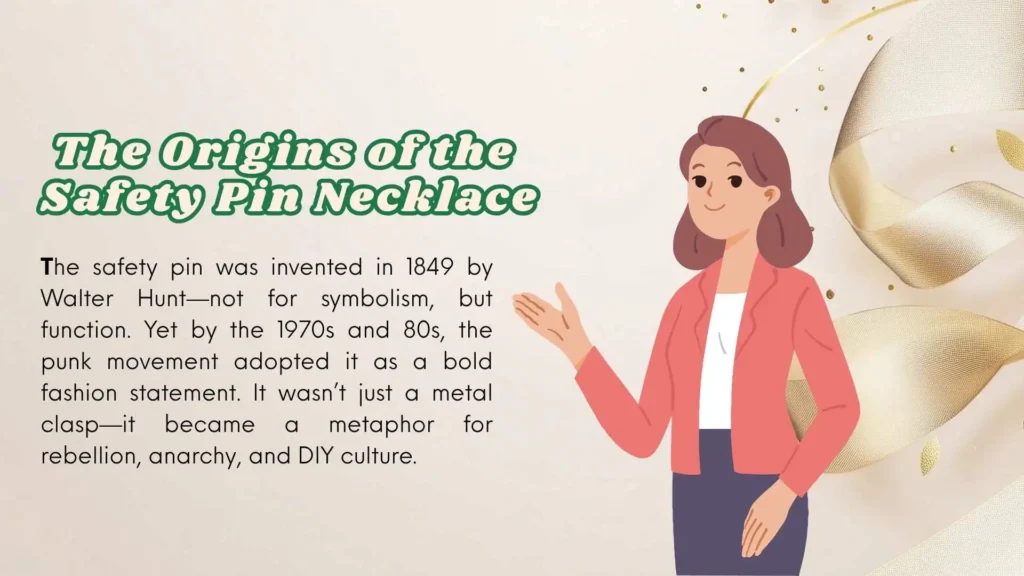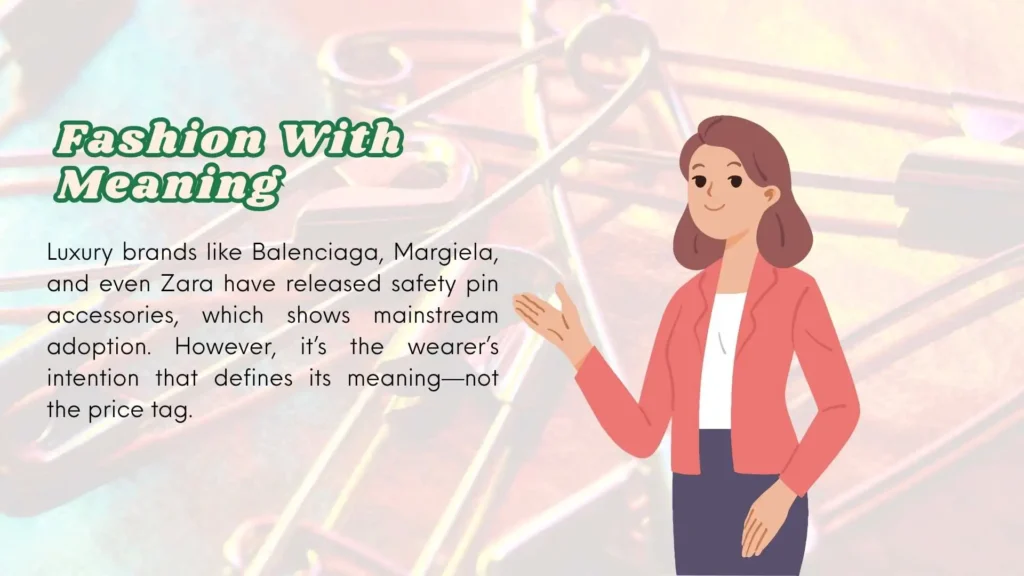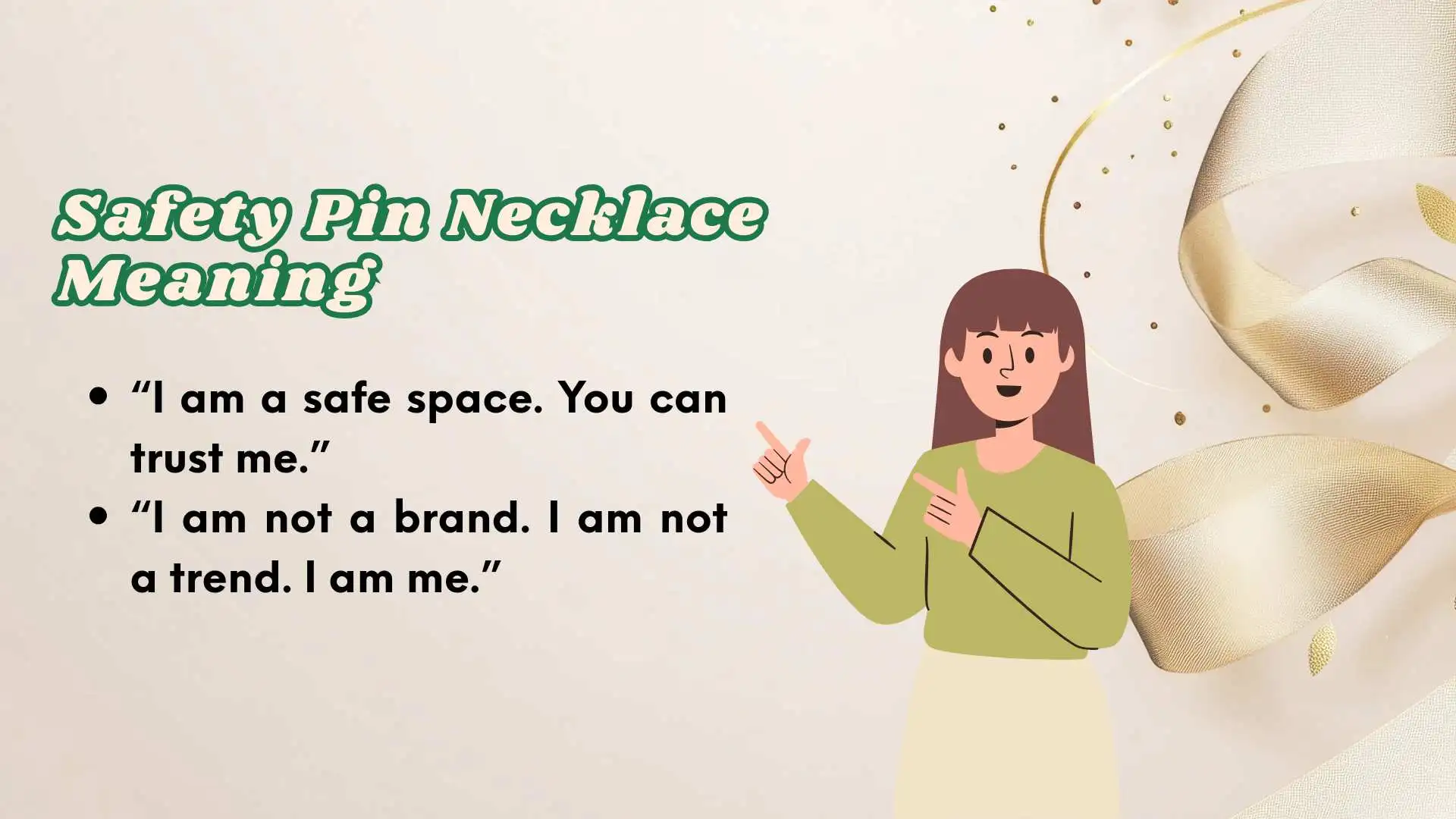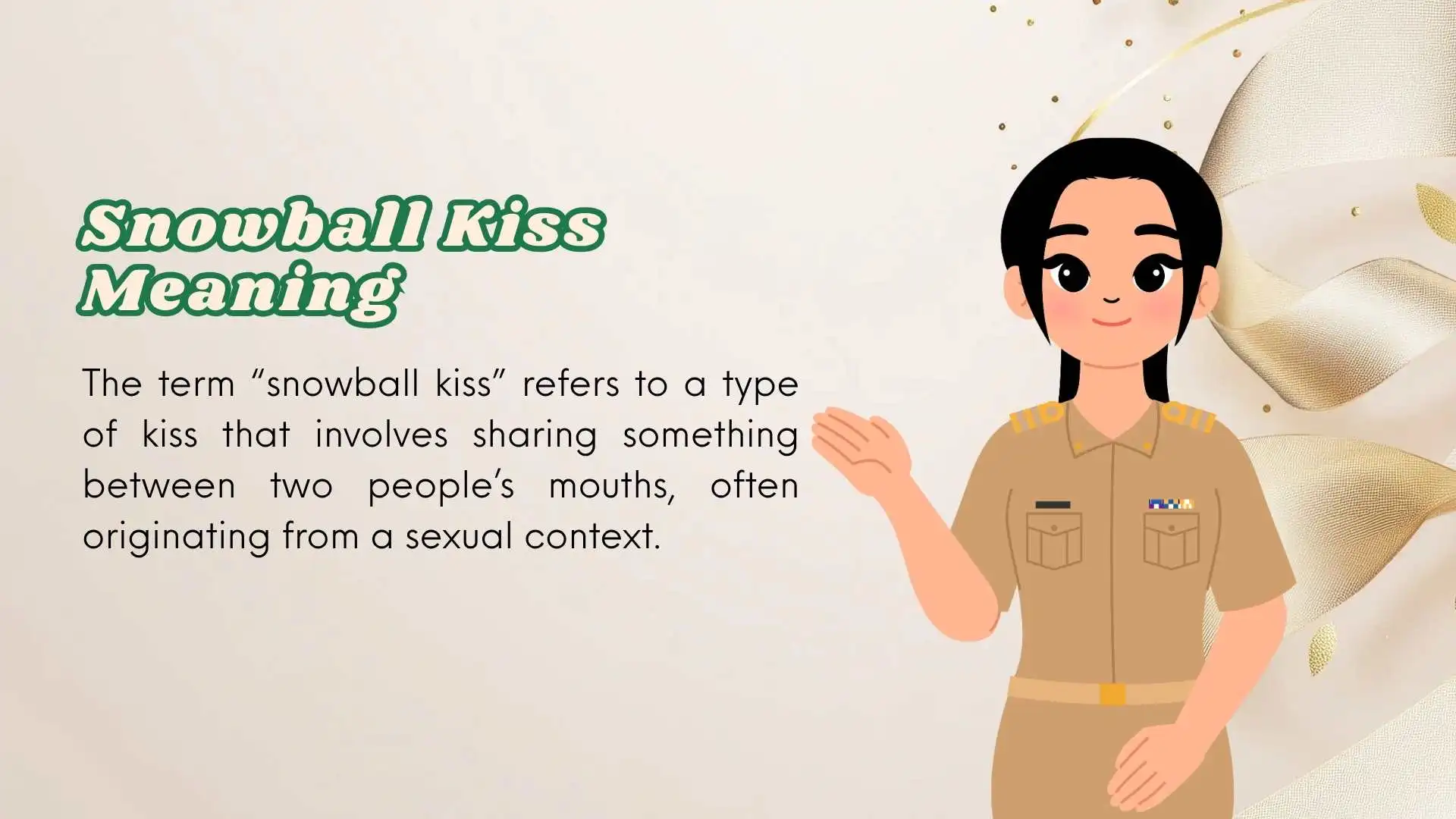In 2025, jewelry isn’t just about fashion—it’s a language.
One item that has been making waves again in mainstream, countercultural, and even activist spaces is the safety pin necklace.
Though deceptively simple in design, this accessory carries with it a profound array of meanings, ranging from solidarity and rebellion to personal identity and safety.
Its rise in pop culture and digital discourse has been accelerated by Gen Z and Gen Alpha using it not just for fashion, but for coded expression across platforms like TikTok, Instagram, and Threads.
So, what does the safety pin necklace mean in 2025?
Why are celebrities, influencers, activists, and everyday people embracing it once again—and how has its meaning evolved?
This article dives deep into the cultural history, political weight, symbolic transformations, and social relevance of the safety pin necklace in the current year and beyond.
🔍 The Origins of the Safety Pin Necklace

Before understanding its modern meaning, it’s crucial to explore its roots.
The safety pin was invented in 1849 by Walter Hunt—not for symbolism, but function. Yet by the 1970s and 80s, the punk movement adopted it as a bold fashion statement. It wasn’t just a metal clasp—it became a metaphor for rebellion, anarchy, and DIY culture.
Punks wore safety pins through ears, noses, and even skin, often using necklaces as a form of anti-establishment expression. This was the first cultural wave where the safety pin was more than a tool—it became a symbol.
🧷 The Resurgence: Post-2016 Symbolism and 2020s Evolution
The second wave of symbolic usage came after Brexit (2016) and the U.S. presidential election in the same year. Safety pins were used to express solidarity with marginalized communities, a quiet but visible statement: “You are safe with me.”
Fast forward to 2025, and the safety pin necklace has evolved again. It’s no longer just a protest item—it’s part of a larger conversation about identity, inclusion, and communication.
🌐 What Does the Safety Pin Necklace Mean in 2025?
The meaning of a safety pin necklace in 2025 is multi-dimensional, and it varies based on who wears it, how they wear it, and where it’s seen. Below are the dominant themes:
1. Symbol of Allyship and Safe Spaces
Many still wear the necklace to signal:
“I am a safe space. You can trust me.”
This stems from the post-2016 movements but continues today, especially in the workplace, classrooms, and social movements. It’s used to visually express support for the LGBTQIA+ community, immigrants, and those experiencing discrimination.
2. Minimalist Punk Aesthetic
While some wear it for its meaning, others wear it for its aesthetic value. In 2025, minimalist jewelry is on trend, and the safety pin necklace fits the “rebelliously minimalist” niche.
Think Billie Eilish meets quiet luxury. Edgy, but subtle. Loud, but whispered.
3. Expression of Individualism
In an age where digital identity is curated, many wear the safety pin necklace to stand out. It says:
“I am not a brand. I am not a trend. I am me.”
Especially among Gen Z and Alpha, who increasingly reject mass culture and seek authenticity, this necklace becomes an icon of personal truth.
4. DIY and Sustainability Culture
Sustainability is huge in 2025. A safety pin necklace often represents:
- Recycled fashion
- Handmade creativity
- Anti-consumerism
People are proud to say they made it themselves.
5. Gender-Fluid Fashion Statement
This item is gender-neutral by nature, worn by men, women, and non-binary individuals alike. In a world moving rapidly toward gender inclusivity, the safety pin necklace becomes a default unisex accessory—a nod to fluidity.
6. Hidden Codes on Social Media
Much like wearing a red bandana or a colored bracelet meant something in the past, safety pin necklaces in 2025 are often part of unspoken social codes. On platforms like TikTok, creators use these necklaces to signify mood, sexual identity, mental health status, or even relationship preferences in silent, understood ways within niche communities.
Example:
A user might wear a safety pin with a purple bead to indicate they are asexual, part of an emerging trend.
7. Symbol of Resistance in Oppressive Settings
In some global regions where freedom of expression is limited, wearing a safety pin necklace has become a symbol of quiet rebellion. It doesn’t scream resistance—but it whispers it loudly to those who know what to look for.
8. Tribute to Punk Legacy
For punk fans and music enthusiasts, wearing a safety pin necklace is a nod to Sid Vicious, Vivienne Westwood, and punk fashion history. It connects wearers with a timeless cultural rebellion that still resonates.
9. Mental Health Awareness
In a growing mental health awareness movement, some individuals use the necklace to symbolize emotional vulnerability or personal resilience—a reminder that like a safety pin, they hold themselves together despite pressure.
It’s not official or widespread, but it’s gaining traction in mental health circles on platforms like Discord and Tumblr.
10. Fashion With Meaning

Luxury brands like Balenciaga, Margiela, and even Zara have released safety pin accessories, which shows mainstream adoption. However, it’s the wearer’s intention that defines its meaning—not the price tag.
A teen in Karachi or Toronto might wear one made at home with fishing wire. A model on a Paris runway may wear one cast in gold. Both say something important.
💬 Examples of How to Use or Reference It
Here are 10 expressive ways you might hear or use “safety pin necklace” in daily conversation or social media:
- “She wore a safety pin necklace as a silent protest.”
- “His necklace wasn’t just jewelry—it was a message.”
- “Wearing my safety pin today because the world feels heavy.”
- “DIY’d my safety pin chain—part punk, part personal.”
- “It’s more than fashion. It’s solidarity.”
- “We don’t always have to shout to resist. Sometimes a pin is enough.”
- “My necklace reminds me I’m strong—even when I feel fragile.”
- “Wearing it today for trans visibility.”
- “The pin necklace? It’s our quiet rebellion.”
- “Not everyone will get it—and that’s the point.”
📌 How to Choose the Right Way to Express It
Depending on context and tone, here’s how you can describe or interpret your necklace:
➤ Polite and Thoughtful
“This piece holds meaning for me. It’s a reminder of support and resilience.”
➤ Professional Setting
“I wear it as part of my commitment to creating inclusive spaces.”
➤ Casual and Chill
“It’s just my thing. Makes me feel real, you know?”
➤ Emotional and Deep
“This necklace kept me grounded through a lot. It’s more than just metal.”
🌟 What Sets the Safety Pin Necklace Apart in 2025
Unlike most trends, this one isn’t driven by celebrity endorsements or paid influencers. It’s driven by people—from every country, every gender, every walk of life.
- It’s symbolic.
- It’s simple.
- It’s powerful.
And most importantly—it adapts. Its meaning evolves depending on the time, place, and person wearing it.
That’s why the safety pin necklace has endured, and why it’s more relevant than ever in 2025.
🧠 Final Thoughts
Jewelry often decorates. But sometimes, it speaks.
In 2025, the safety pin necklace isn’t just a trend—it’s a statement. Whether worn for solidarity, fashion, or silent protest, it’s a reminder that even the smallest symbols can carry enormous weight.
It reflects a world that is both more connected and more divided, where people crave subtle but powerful ways to express who they are, what they believe, and what they stand for.
And sometimes, all of that can hang quietly from a thin chain around your neck.

Sapphire Drift is a passionate storyteller known for weaving imagination with emotion. With a unique voice and an eye for detail, she crafts narratives that linger long after the last page is turned. Her writing dives deep into the complexities of human emotions, relationships, and self-discovery.
She is the author of “Whispers Beneath the Moonlight”, a hauntingly beautiful tale of love and loss, “The Echoes of Her Silence”, a psychological drama that keeps readers at the edge of their seats, and the inspirational “Letters to My Future Self”, a soul-stirring collection of reflections and affirmations.



